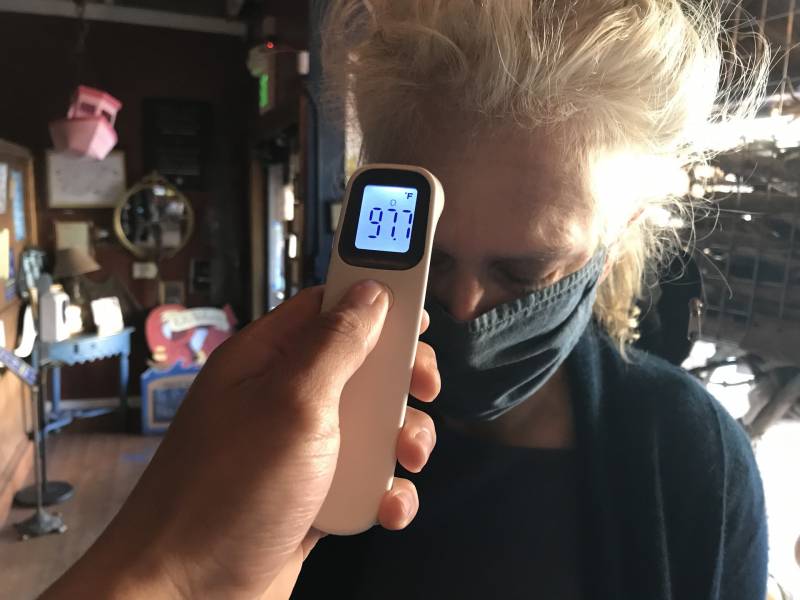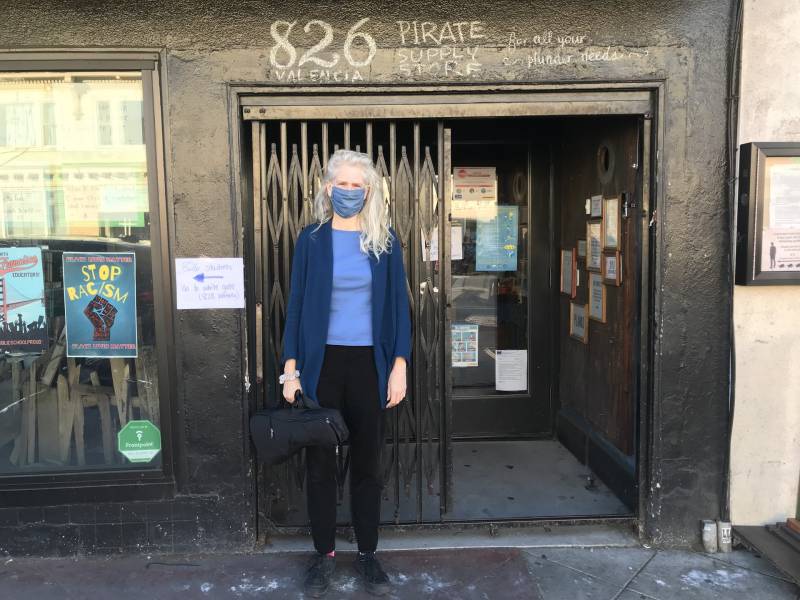At 826 Valencia, a community center for kids in San Francisco’s Mission District, music instructor Beth Wilmurt watched on as some of her young students practice a clapping game she taught them.
“High five each other!” she said after they successfully complete several rounds.
826 Valencia is one of 78 locations around the city where children who are at highest risk of falling behind, including homeless and foster care students, have gathered to study, socialize and participate in after-school programs — like the one Wilmurt leads two days a week. Her class has nine children in it, ranging from kindergarteners to fifth grade.
“I feel very safe,” Wilmurt said. “Each kid has their own station with a lot of space in between them. Everyone wears a mask. There are hand-washing stations. I have to write down my temperature every day and answer a few questions about my health.”

Wilmurt’s classes are part of San Francisco’s network of Community Learning Hubs. The program — which involves a partnership between the city, a slew of community organizations such as 826 Valencia, the Jamestown Community Center and the San Francisco Community Music Center, and corporations like Comcast — has served around 2,000 K-12 students in small, in-person groups over the past few months without a single reported outbreak of COVID-19.
San Francisco Mayor London Breed is touting the success of the program’s first semester as a model for the potential safe reopening of the city’s public schools for in-person learning, which have remained shuttered for months.
Meanwhile, many private schools have brought students and teachers back into their buildings.

